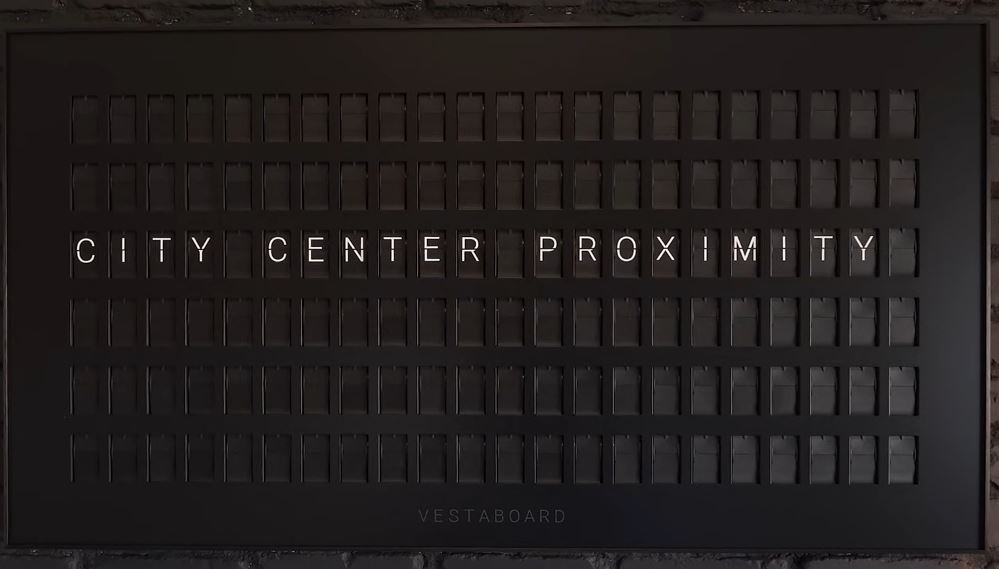Do you feel like you've done everything right but you're still not showing up where you want in the Google Map Pack? Local competitors who shouldn't be outranking you are, and every day you're not showing up right here, you're losing out on a lot of money. Well, in this guide, we're going to change that. I'm going to rank the biggest local SEO ranking factors to show you exactly what you should be focusing on the most, what's a waste of time, and the number one thing you can do to land yourself at the top of the map even if you ignore everything else.
We'll have some fun with this and put all 20 ranking factors into a tier list with the following categories:
-
Must Dos
-
Should Dos
-
Good to Haves
-
Do When There's Time
-
Wastes of Time
Trust me, most business owners have the must do and the wastes of time completely backward. So, let's dive in!
A-Tier: Must Dos
1. Complete and Verified Google Business Profile
Sounds simple, right? Just fill it out as completely as possible and get your address verified. As basic as it sounds, you wouldn't believe how many businesses drop the ball here and do the bare minimum. This is actually a huge opportunity for you to do more, and it's not hard either. Just go section by section and get it done.
2. Primary and Additional Google Business Profile Categories
Google has over 4,000 business categories to choose from. You want to find the one that's closest to your business and the words that people use when they search for you. For example, if you're a dental office and you want to rank locally for "dentist Kansas City," you'd choose the category "dentist" over "dental clinic." Max out your additional categories as well, but don't stretch too far that it confuses Google about what you do.
3. Keywords in Your Landing Page Title
Google lets you link your business profile to your website, usually your homepage. The meta title of this page is crucial. Including your keyword in the meta title gives you significant ranking power. It's under your control and easy to implement, making it a must-do.
4. City Name in Your Website Content
Include your city name throughout your website, in page titles, headlines, sub-headlines, and body text where it makes sense. This is powerful and easy to implement.
B-Tier: Should Dos
1. Keywords in Your Business Name
Changing your business name to include keywords can give you an edge. For example, "Walker and Associates Family Law" instead of "Walker and Associates Legal." However, this involves a legal name change across all platforms, so do it only if you can commit to it the right way.
2. Positive Google Reviews
Focus on getting five-star reviews. While you can't control the reviews you get, you can encourage customers to leave a review, preferably right after you've worked together. Google uses the average star rating as a significant ranking factor.
3. Service Pages on Your Website
Create a dedicated page for each service you provide. This helps both in organic searches and map rankings by reinforcing what you offer.
4. Keywords on Your Landing Page Headings
Include your keyword phrase in at least one headline on your landing page, preferably the top headline (H1). This is valuable but should be done after higher priority tasks.
5. Internal Links
Internal links from one page on your site to another are easier to control and almost as powerful as external backlinks. Prioritize links to the landing page your business profile links to, usually your homepage.
6. Physical Location in the City You Want to Rank
If your business is in a suburb but you want to rank in a nearby city, you might consider moving. However, it’s more practical to double down on trying to rank in the city you’re actually in.
C-Tier: Do When There's Time
1. Proximity to the Searcher
Google likes to show businesses closest to the searcher. Unfortunately, you can't control this unless you move closer to your target audience.
2. Proximity to City Center
Being close to the center of the city you want to rank in is a factor, but relocating for this purpose may not be practical.
D-Tier: Good to Haves
1. Consistent Citations
Citations are mentions of your business online that include your name, address, and phone number. Consistent citations used to be crucial, but now they’re less important. Still, get them when possible.
2. Backlinks from Other Websites
Backlinks are valuable but harder to obtain and less powerful than they used to be. Focus first on backlinks from relevant local and industry websites.
F-Tier: Wastes of Time
1. Social Signals
While social media has marketing value, it does not help your local SEO rankings.
2. Service Area Settings in Google Business Profile
Setting your service area informs clients where you can work with them but does not affect your rankings.
3. Keywords in Google Business Profile
Keywords in your business profile description or services areas do not impact your rankings. Use them naturally but don’t overdo it.
4. Geotagging Images
Adding location data to images used to help but hasn’t been effective for years. This is a significant waste of time.
Understanding the most effective local SEO ranking factors can dramatically improve your presence in the Google Map Pack. Focus on the must-dos and should-dos first, and only invest time in the lower tiers if you have the resources to spare. By following this tier list, you'll be well on your way to outranking your local competitors and driving more business your way.
For more insights on how to stay ahead of your competition in both map rankings and organic searches, check out this must-see video.

